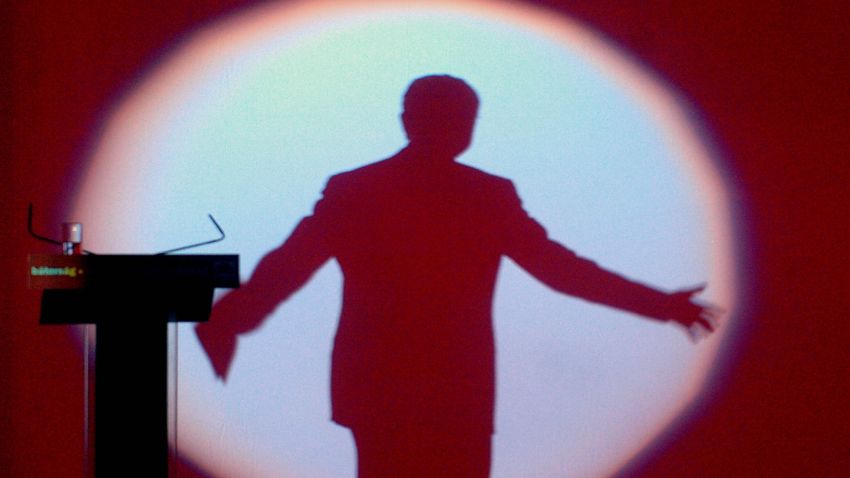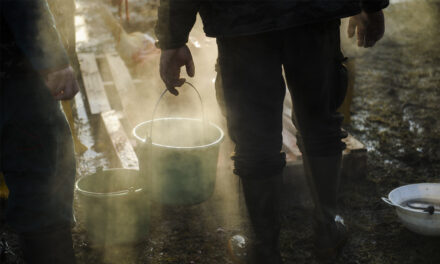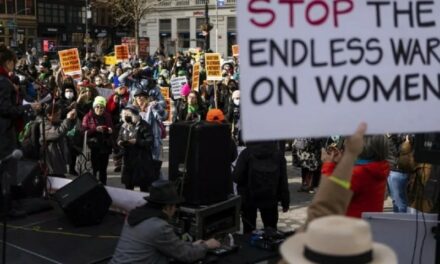According to ethnography, the wraith is a demon of Hungarian mythology, which is very widespread in folk tradition. It can be called in several different ways - lúdvérc, lederc, lidröc - but the common opinion of folk folklore is that due to its evil nature, it must be got rid of as soon as possible. The situation is even more the same with our common nightmare of a decade and a half, if possible. I think it's best to post my notes, which I made shortly after the nightmarish base experience, pretty much unchanged. It's been fifteen years now.
Phone in the morning. My friend Miklós Hornyik is calling - he lives in Akadémia utca next to the Parliament, he is shocked to report that the police won't let him out of the house. Being an early riser, he saw even at dawn how the uniformed men swarmed towards Kossuth Square, like huge swarms of beetles, and then disturbed everyone who came out of the surrounding houses to see how the campers were being beaten up on the square. The area is completely occupied.
That's how the day started for me.
There has been a vibrating tension in the air for a good month now. A few days after the TV siege, we are walking down Nádor Street, and the lady in my company says with spontaneous surprise when she sees the policemen gathered behind the TV headquarters: "My God, how many are there!" One of the guys hisses at us, snarling with hatred: "We'll never run out...!" We forget to speak in shock.
Early afternoon. On Deák Square, there is a lot of traffic, the tank of the era that later became famous and the white letters of the huge "Freedom" sign stand out. There is a flood of people on the road, they are coming from the celebration in Corvin. Lots of flags, lots of young people waving, liberation, joy everywhere. We are going to the Fidesz rally at the Astoria. We reach the small island in front of the public toilet, not a step further, the crowd grows by the minute. I glance back towards the characteristic row of houses on Madách tér: you can't see the end of the stream of people.
The assembly begins. Wilfred Martens has already spoken, when strange noises, murmurs, and whistling are heard from behind me, some young people push through the crowd, pointing back towards Madách tér. In the meantime, they hand out small oblong printed notes: "After the Astoria, everyone should come to Kossuth Square. Nicely, peacefully, with dignity. Pass it on!”
After the ceremony, the organizers announce: we will not leave the venue in the direction of Deák tér or Erzsébet híd, so we cannot go towards Kossuth tér. Prompted by a sudden idea - we are already walking along the Museum boulevard among the thousands - I suggest to the two ladies with me that we go for a festive dinner, I know a nice place from the old days, but they recommend something else instead of the Hungarian restaurant. We are still getting a seat there. The atmosphere is communal, flags propped against the wall, optimistic, slightly revolutionary, calm, the tension that has been there is dissolving. We eat, we talk, we joke - unspoken, everyone feels that history is passing by at an accelerating pace near us here on Kecskemét Street. It dawns on me that one of the greatest Hungarians, our brother Gyula Fekete, lives in the house next door. When he was one year old, my son received from him Let's Think, Hungarians! his volume, for his 18th birthday, "To Dani Domonkos, 17 years in advance".
It can be around 9:30, we go out into the street. Stopping: a huge "bump" in front of the Hungarian restaurant, everyone is talking, everyone is excited, they are telling stories, the policemen who burst into the restaurant beat everything and everyone to pieces, one of the chef boys who rushed forward got such a hit with the viper that they thought he was dead, and he fell into the corner. If I didn't listen to the ladies a good two hours ago...? (Recently, I went into the restaurant, which has already been redecorated, and inquired about what had happened. The boss, who was not particularly nationalistic, didn't want to know about anything, since then the owner and the staff have changed, they don't deal with such things. It's good that they kept the old name.)
Arriving at the Museum boulevard: revolution. Instinctively, old images from '56 flash through me, there is no traffic on the road, groups of people are talking and arguing everywhere, the street is dominated by high tension that is nerve-wracking, the news is coming: horse attack, city-wide manhunt, three dead are mentioned, many wounded, here I hear the first shot about eyes. I meet more and more acquaintances, we share who has heard about what. Lots of people talk on mobile phones, I wonder how they can hear anything in the constant chatter. I notice after a long time, my 14-year-old son has been looking for me a couple of times, he's watching TV, asking me what's wrong with me, where I'm at.
Nine o'clock. More and more wild news is coming, a barricade at the Erzsébet bridge, non-Hungarian-speaking pribék, some mention Slovaks, others Ukrainians, Israelis. A young couple are hugging each other next to me, I hear the boy is István, quoting from the king: "He calls foreigners to help against Hungarians." My brain is flooded with blood, I push some people aside, I would take the ladies by the hand and head towards the Astoria, through the carousels. Two old ladies with scared faces stomp in front of us, "Oh dear, don't go there, they'll beat you to death, they'll shoot you to death, don't go...!" We stop, start again, the crowd starts moving, let's go...! We reach roughly the line of the Museum café, the thick white smoke and the crowd flowing in front of us appear at the same time from the Astoria. What stops me is not its size, but the sight of those in the front: two or three people are supporting bleeding, staggering people here and there, a few people dressed in blue appear on both sides of the boulevard. , sometimes they shout at the people who are walking closest to them, and a little later I hear them: "You bastard!", "Your bloody mother!"
We are pushed back to Kálvin tér. After some hesitation, go down to the underpass, where people are crowding on each other's backs. But the subway is running. We can only get on the fourth train.
I arrive back from Újpest to the Városliget after eleven, the bus is still on a diverted route and stops somewhere behind the Vidám Park, even though the horror of Ószöd is no longer at the iron brush worthy of it, to kneel down and lay a wreath in front of their memory , who, if they were alive, would allow at least three magazines from the PPS submachine guns. Although Liget is uninhabited, ominous, distant cries can be heard in the unusually mild autumn night.
My temples are throbbing, my stomach is churning, my mouth is dry, all this is coming to my mind now, my God, since when...? In Dembinszky Street - sometimes even the dog doesn't go there in such a landscape - there are people here and there, almost everyone is on the phone. One of them details what they did to those lying on the ground. An older woman asks desperately: "Where are you, where are you going?" Yes, it's not exactly risk-free to wander around Budapest these days...
The fiftieth anniversary of the revolution has become a living horror, says Danuta Jakubiec, one of the leading ladies of Polish journalism.
And what can we say, after fifteen years with our common nightmare around our necks...?
Source and image: magyarnemzet.hu / László Domonkos












